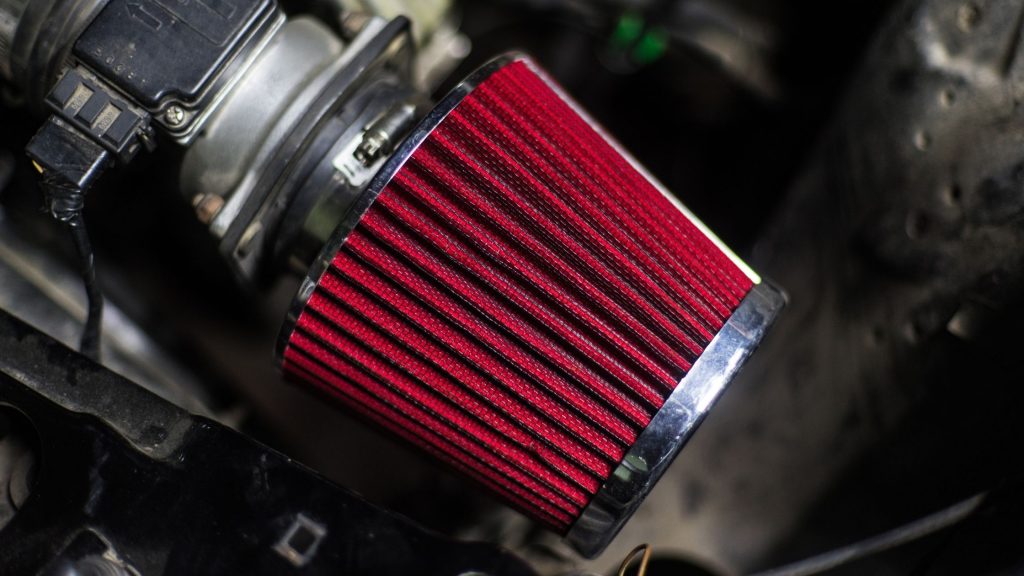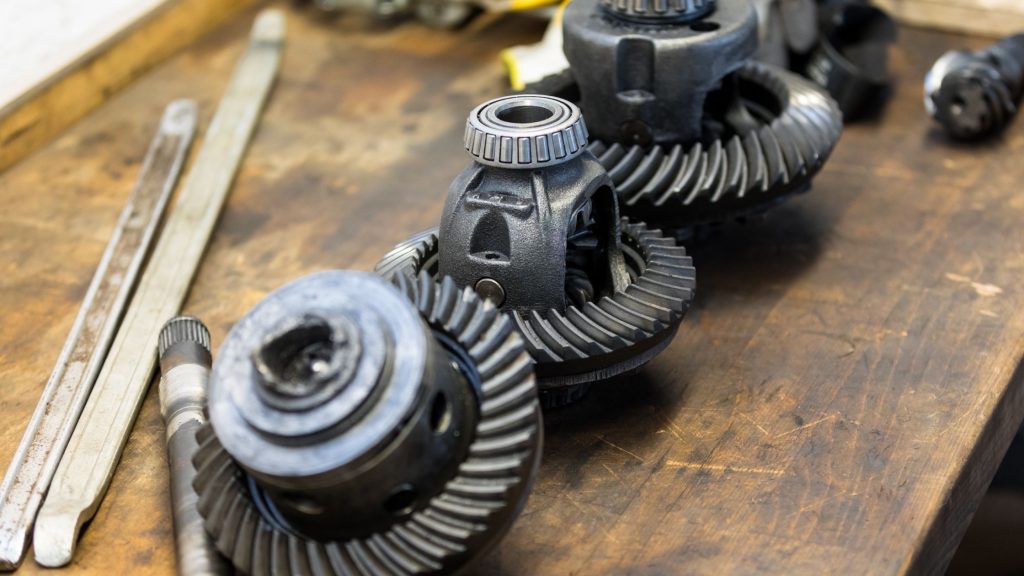The snorkel vs cold air intake additions to a truck, is one argument most professional truck drivers argue over, and you might be wondering what either of these is, especially if you’ve never had a truck, or had the need to modify it.
A vehicle snorkel or a cold air intake are modifications that can be added to your vehicle to enhance or improve performance. Both devices are similar, but there is an open discussion about the more preferred option.
We’ll be exploring the similarities, differences and efficiency of both in this article and hopefully, you’ll be able to decide after reading.
Differences between a snorkel and cold air intake
The differences between a snorkel and a cold air intake aren’t really much but have to do with their functionality. A vehicle snorkel is a modification that allows clean airflow into the vehicle’s engine, helping it function proficiently.
The cold air intake is also a modification for vehicles, which allows the flow of cold and clean air into the engine. Both devices are installed for more effective use of the vehicle and to strengthen the engine’s capabilities.
With a snorkel, your engine has the ability to drive through bodies of water without being affected. This doesn’t make your vehicle a submarine, but it protects it from water when you do drive-through.
On the other hand, a cold air intake is known to increase horsepower in your vehicle while bringing cooler air into your engine, which could help your fuel intake, as it helps fuel burn more efficiently.
Both snorkels and cold air intake boost your engine’s performance, and most would say the only true difference between both would be the height of air that is sucked into the engine by each device. , and not all snorkel devices boost cold air induction.
Is it worth putting in a cold air intake?

Many people make the mistake of putting in cold air intake systems simply because they presume it gives the car more horsepower and makes it have more acceleration.
They remove the factory air box and filter and replace them with one of these cold air intake systems that are in fact made for more advanced cars like race cars. Race cars are dyno-tuned, they’re made for speed, and cold air intake systems work perfectly to suit the way the car is set up.
On the other hand, the airflow that goes through the normal airbox was carefully designed by engineers to work with the mass airflow sensor to make your car run as best as it possibly can.
So if you bypass that system, take out the plastic airbox and put it in the cold air system, often the “check engine” light will come on and that’s because modifying your airflow that way will often make your engine pollute more than it’s supposed to because of the changes in fuel economy.
Yes, good professional mechanics can program your computer to accept this. Still, they’re going to need a dynamometer, an automotive emission analyzer, and they have to really know what they’re doing with programming the car.
Even if you find someone capable of doing all that work, it’s not going to come cheap. Also, making these changes, if it’s a new car, will void all the warranties you have on that car.
What does a snorkel do on a vehicle?
Water crossing:
The common wisdom, which happens to be accurate, is that as long as the snorkel air ram is above water, the engine is going to continue to get air, so it keeps up with its functions. While that’s a primary use of the snorkel, the fact of it is that 80% of the time, the reason we use snorkels have nothing to do with water.
Clean air:
As you may already know, on off-road trips, the BFGoodrich KM3 tires and the likes on 4×4 trucks can really pick up a lot of dust. The snorkel tries to keep the air intake above the dust, introducing cleaner air into the engine.
Some snorkels have air filters further down the intake, whilst other snorkels have pre-filters before the air even gets in that far into the tube clamp, filtering out most decontaminants.
Cold air:
Besides water crossing and excessive dust prevention, another reason for using a snorkel is because it’s a great source of cold air for your engine. Cold air is more efficient for vehicles, it’s the whole concept behind Nitrous oxide.
Because cold air has more O2 molecules in a smaller amount of space, you can bind more fuel molecules with oxygen going into the engine, causing fuel to burn more efficiently in a smaller space.
Drivers sometimes tilt the snorkel in the direction that favors the wind, resulting in a ram effect when the vehicle is in motion owing to the mass flow of air into the engine, boosting engine power.
Why do I need a snorkel for my 4WD?
A snorkel is a great device to add to your vehicle if you want it to work better, and not only does it improve your truck’s abilities, it’s also a great aesthetic for every machine lover.
Through its air filtration system, it has the capability to protect water from entering your engine, regardless of where you drive your 4×4.
In addition to boosting your engine’s efficiency, a snorkel also stops dust from clogging up your engine through the cool air it draws in. With a snorkel attached to your 4WD, you would find that you would spend less money on fuel and overall maintenance.
So now when you think of getting a snorkel vs cold air intake, you should consider your type of vehicle, and find out which modification suits your car the most. Both devices are not too different, producing similar outcomes, with slight factors differentiating them.
If you do drive a truck, it would be advisable to get one of either modification, especially if you go on long trips, drive through bodies of water or muddy areas. If you want your engines, lasting longer without falling apart, then purchase a snorkel or cold air intake right now.
Frequently Asked Questions
Q: Is a snorkel a cold air intake?
Q: What does a cold air intake do for a car?
Q: Does a snorkel improve performance?
Q: Will a snorkel improve fuel economy?
Q: Are snorkels worth it?
Q: What are the disadvantages of a snorkel?
- Tips and tricks For Setting Up Camp Like a Pro - September 11, 2023
- The Best Multi-Tools for Overlanding Adventures - August 25, 2023
- Off-Road Navigation Tips for Overlanders - August 13, 2023


